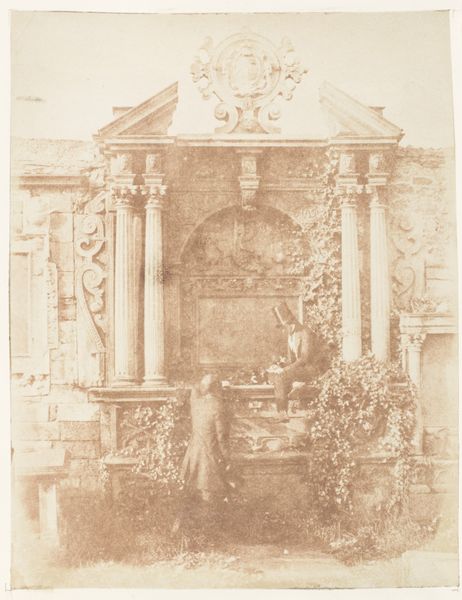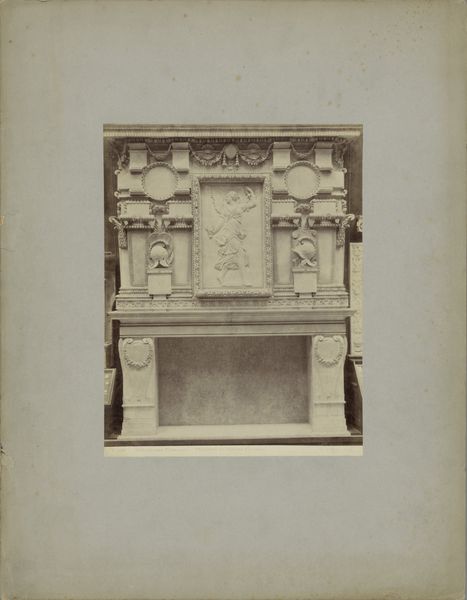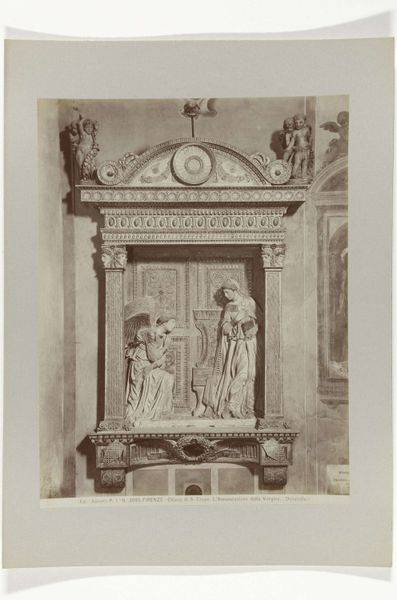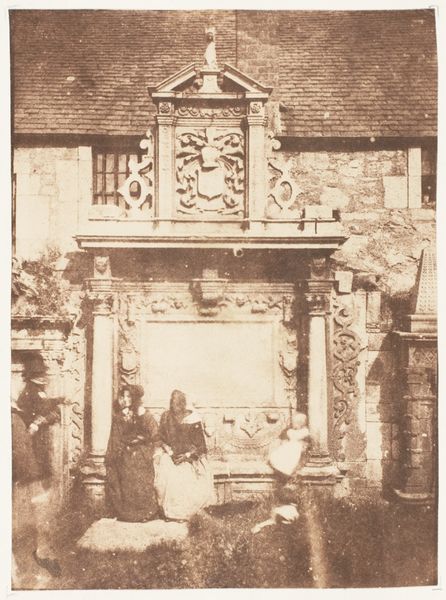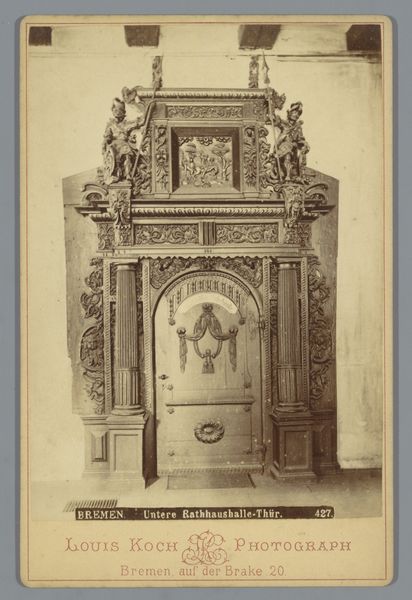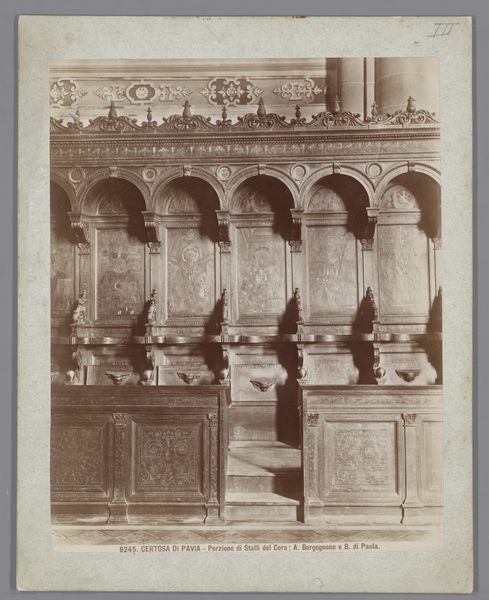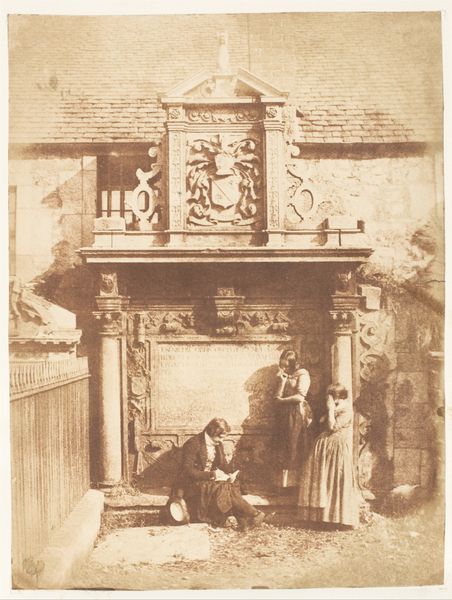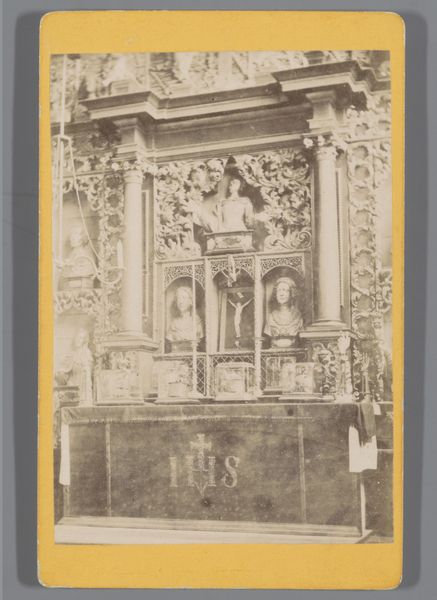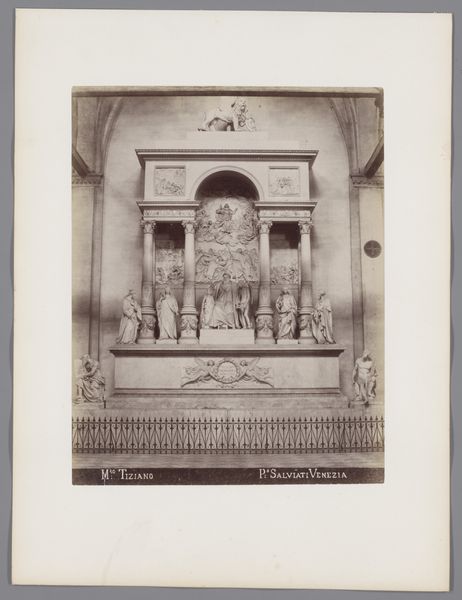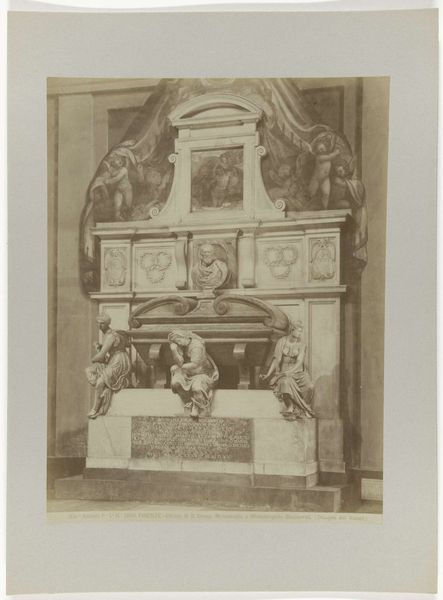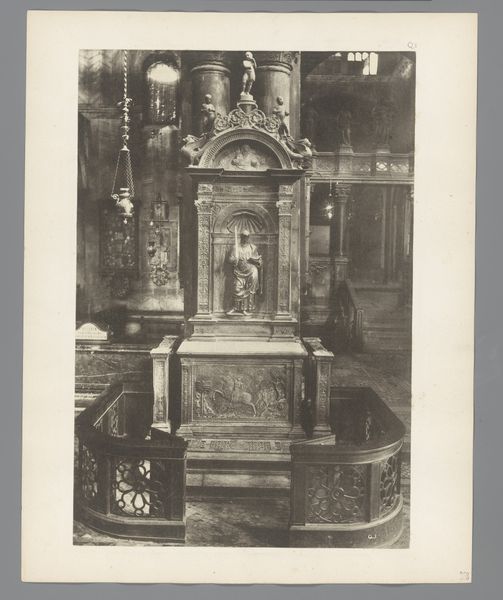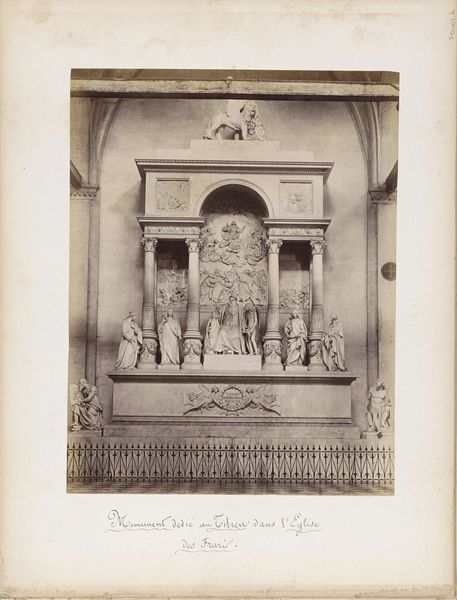
daguerreotype, photography, architecture
#
daguerreotype
#
photography
#
romanticism
#
architecture
Copyright: Public Domain
Editor: We're looking at "Edinburgh. Greyfriars' Churchyard," a daguerreotype taken by Hill and Adamson sometime between 1843 and 1847. It has such a haunting feel to it. A figure stands in front of a rather imposing monument. How do you interpret this work? Curator: What strikes me immediately is the way Hill and Adamson are using this new technology, photography, to engage with a very specific cultural narrative. Consider the rise of Romanticism in the early 19th century and its fascination with ruins, the past, and the sublime. Here, they aren't just documenting a place; they're crafting an atmosphere, leaning into the monument’s implied history to resonate with a wider audience familiar with those Romantic ideals. It's also interesting to consider how accessible graveyards were as public spaces, especially for artistic and photographic endeavors. Editor: That's a good point about Romanticism. Do you think the placement of the figure is important to the overall impact? Curator: Absolutely! Notice how the figure isn't centered, isn’t a main focus. Their subdued presence contributes to the somber mood. Consider too that this is a deliberate construction—they posed their subject. This begs questions about staging identity, both of the person photographed and of Scotland’s constructed past for outside consumption. Hill and Adamson were very aware of creating a narrative. Editor: So it's not just a record, it's an argument? Curator: Precisely! It is contributing to an understanding, almost a marketing, of Scotland through the relatively new medium of photography, thus giving it even more ‘reality’. The choice of subject matter, composition, and even the technical limitations of the daguerreotype process—its unique tones—all play into the reception. Editor: I hadn’t really thought about it in terms of constructing identity and marketing Scotland. It seems obvious now. Curator: Early photography has such richness in how we perceive both past and present. Always good to reconsider assumptions and question everything!
Comments
No comments
Be the first to comment and join the conversation on the ultimate creative platform.
